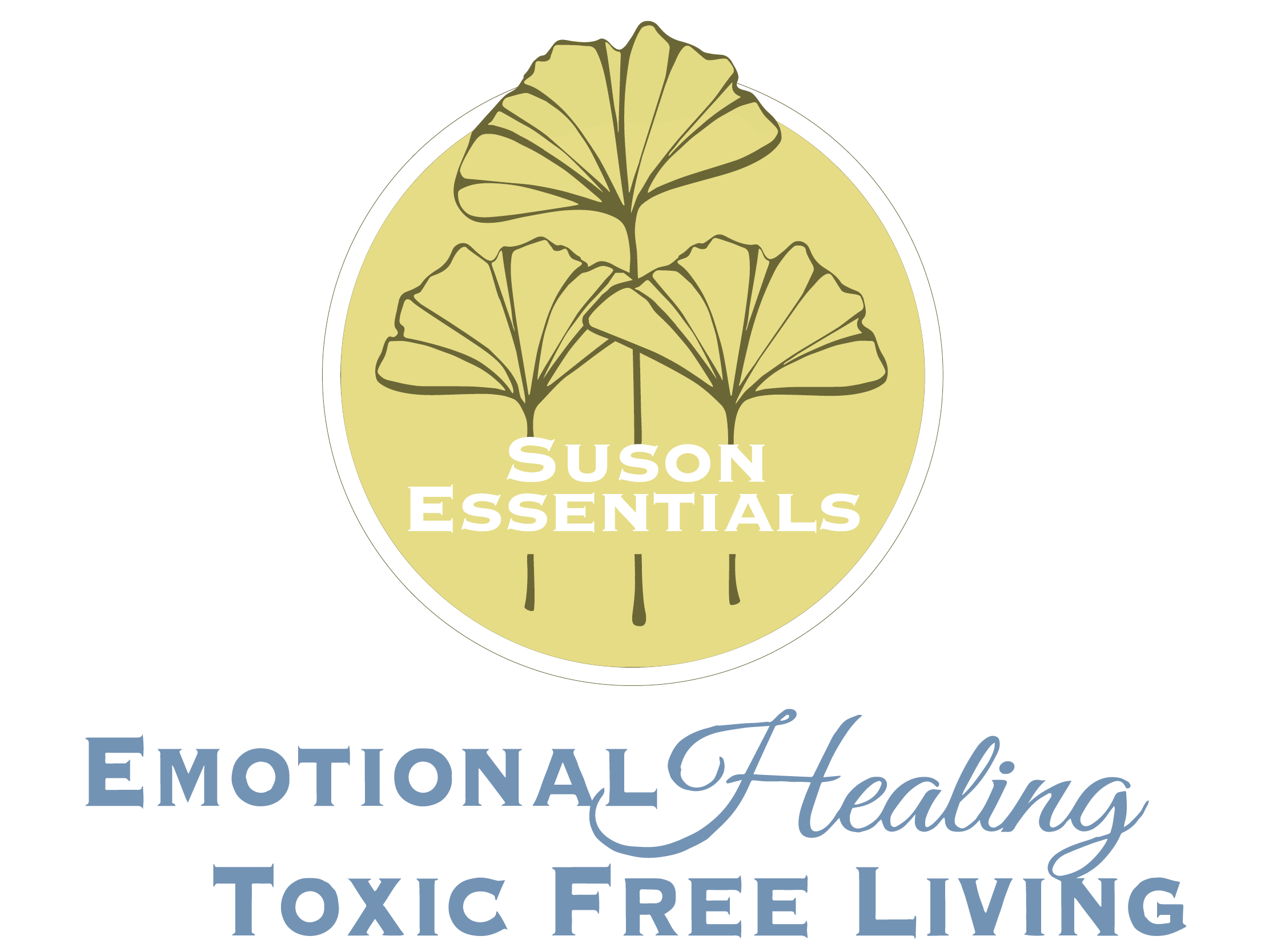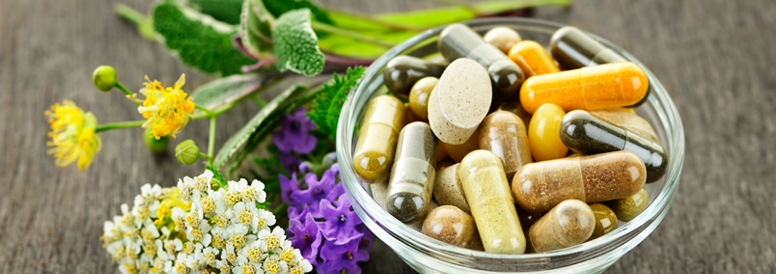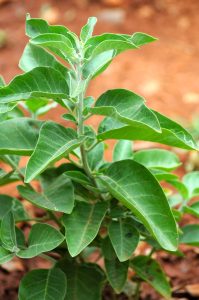Spring is in the air and so is pollen! In particular tree pollen. When it comes to airborne allergens, spring ushers in pollen from trees, summer is all about grass pollen, and ragweed hits in the fall. From the mighty oak to the beautiful birch, springtime pollen comes from many different types of trees. For many patients, tree pollen can cause uncomfortable issues like sneezing, congestion, and itchy eyes, nose and throat. As the weather gets warmer, drier and windier, issues can also get worse for the patient.
Fortunately, practitioners have many options to recommend when it comes to supporting these patients during the springtime season. Certain herbs and nutrients may help support important pathways in patients who are struggling this time of year.
Support for a balanced TH1:TH2 response:
- Probiotics, specifically Lactobacillus acidophilus L-92
- Multi-vitamin that contains vitamins A, D, E, and zinc
- Fish oils that contain high quality omega-3s
- Mushroom extracts
- Adaptogenic herbs such as Astragalus membranaceus
Support of mast cell stabilization:
- Quercetin, luteolin and other flavonoids
- Vitamin C
- Nettle leaf
Support of a balanced leukotriene response:
- Fish oils that contain high quality omega-3s
- Boswellia serrata
Adrenal or HPA-axis support:
- Ashwaghanda (Withania somnifera)
- Licorice (Glycyrrhiza glabra)
Famous Austrian composer, Gustav Mahler, once said, “Spring won’t let me stay in this house any longer! I must get out and breathe the air deeply again.”
Used alone or in combination, the ingredients mentioned can help practitioners help their patients have a much more pleasant springtime experience, and not be afraid to breathe deeply again.








